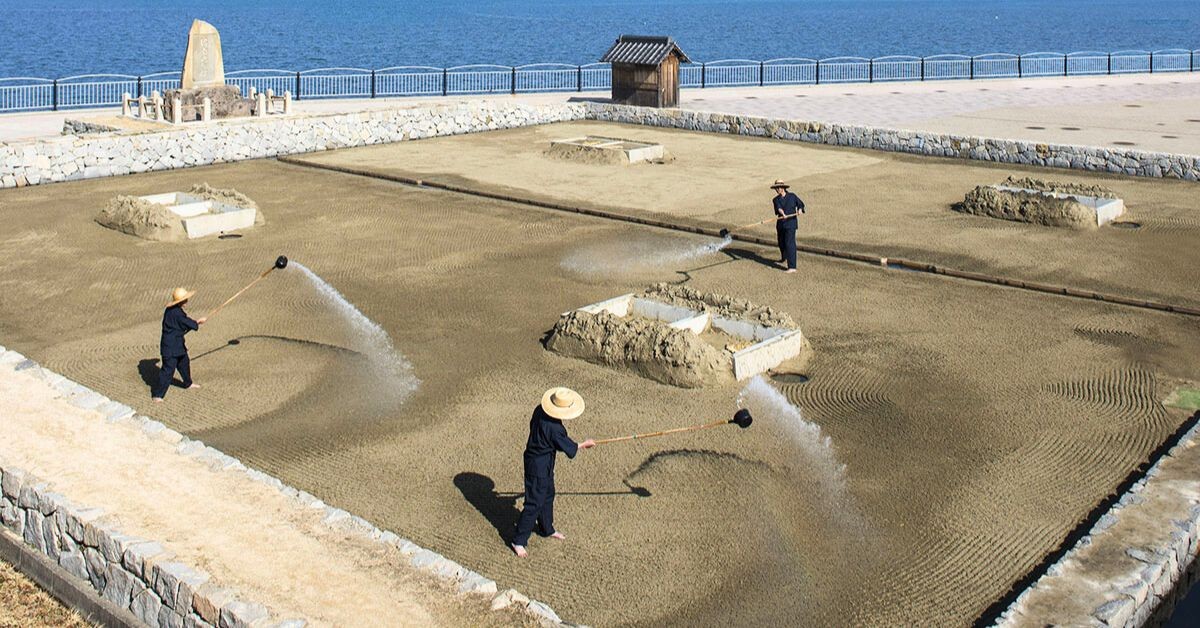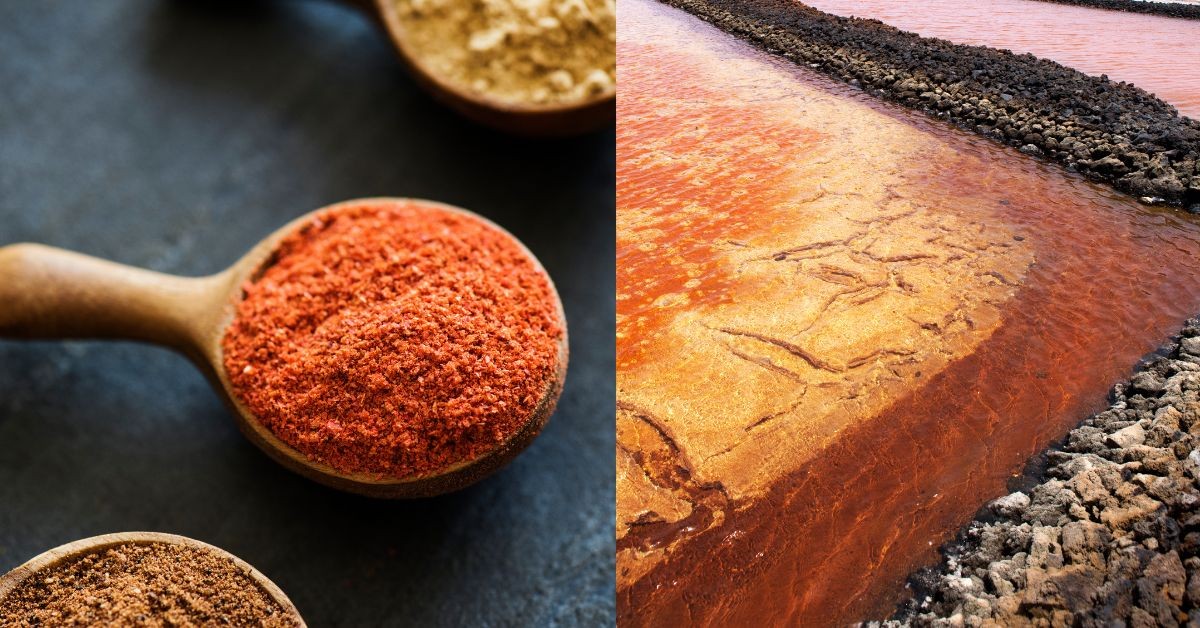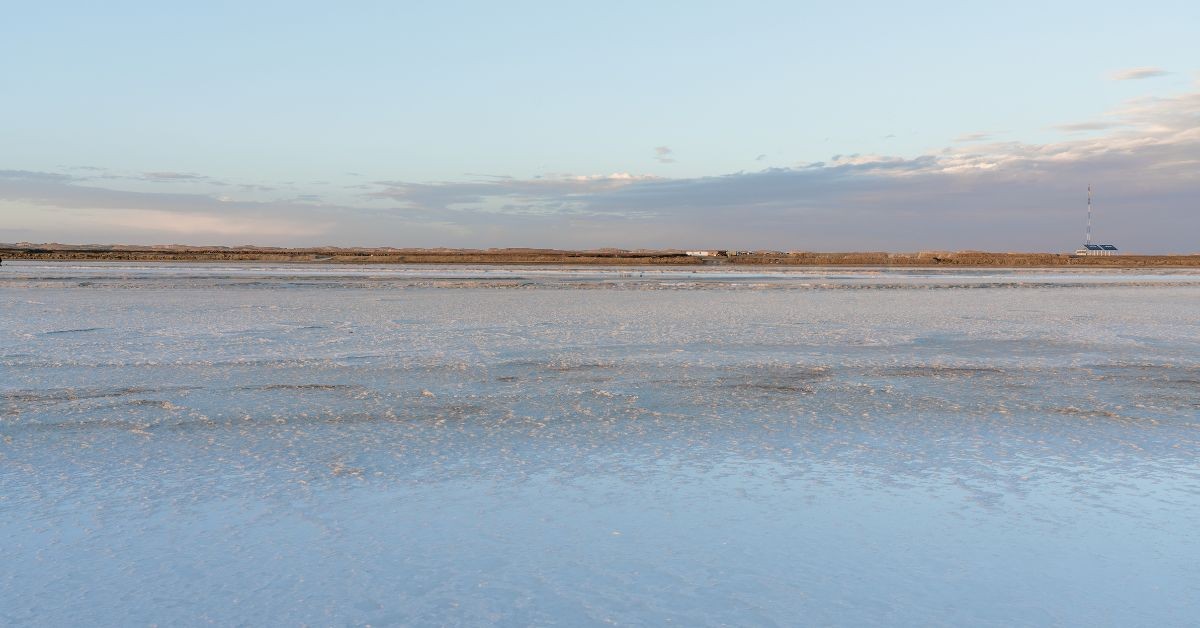Sea salt has been a staple of human cuisine for centuries, with its rich taste and numerous benefits for the healthy physical functioning of the human body making it a sought-after commodity. While modern industrial methods have intensified the production process, traditional methods of sea salt extraction and processing remain highly practiced in various regions of the world. In this article, we will explore the different techniques used by salt producers around the world.
France - Guérande
In the scenic Guérande region of France, salt production has been an art for more than a thousand years. Salt producers harvest fleur de sel, a fine, fluffy salt, using traditional methods. Production requires a certain combination of sunshine, temperature and winds. The process begins by submerging shallow reservoirs where the seawater is allowed to evaporate. As the water recedes, a thin layer of salt crystals forms on the surface, which is then carefully collected by hand to produce the precious fleur de sel.

Japan - Utazu
In Japan, the production of sea salt is also a long-standing traditional art. The unique soil and climate conditions have made it necessary for the Japanese to invent very special methods of salt production. In the 'salt exploitation method' - irihama-shiki - salt producers spread seawater on sand. The mixture is filtered mechanically and then a brine is produced. Another unique traditional salt production technique in Japan involves seaweed salt, which is produced inland in the Seto region.
India - Gujarat
In the western Indian state of Gujarat, salt production is a 5000-year-old tradition. Salt pans, known as 'agars', are constructed along the coast, where seawater is channeled into shallow ponds. As the water evaporates and is filtered from pond to pond, it forms salt crystals, which are then collected by hand. The salt is then processed by traditional methods to produce a range of salts, from fine crystals to coarse, crunchy flakes.

Hawaii - Kauai
The island of Kauai, Hawaii, has been producing salt since ancient times. The traditional alaea method of salt production involves mixing seawater with volcanic clay, which is then allowed to evaporate in the sun. The resulting salt is rich in minerals and has a characteristic red color, thanks to the presence of iron oxide. Alaea salt is renowned for its mild taste and is used in many traditional Hawaiian dishes.
Italy - Trapani
In Italy, the salt flats of Trapani in Sicily are among the oldest and were established by the Phoenicians in 1500 BC. To this day, high quality salt is being produced using traditional methods. The salt marshes are separated by earthen dikes, which are adjoined by stone windmills. The windmills are used to transport water between the evaporation tanks and to grind the dried salt crystals which are collected and processed by hand.

Greece - Messolonghi
In Messolonghi, salt production is a centuries-old tradition. Salt ponds are constructed along the coast, where the sea water is channelled into shallow lakes. As the water evaporates, salt crystals form, which are then collected by hand with wooden tools. The salt is then processed using traditional methods for the production of the so-called flower of salt, also known as ''afrina''.
These long-standing methods of extracting and processing sea salt are a proof of the ingenuity and craftsmanship of salt producers around the world. While modern industrial methods have increased efficiency and reduced costs, traditional methods continue to prosper, offering a unique and tasty alternative that is well suited to gourmet cuisine. Whether it's the delicate fleur de sel of France, the rich alaea salt of Hawaii, or the crunchy flakes of Greece, each region's traditional method of salt production reflects its cultural heritage and culinary traditions.

